Postcards From "The New Normal"
Sales numbers for the US market in July should drop today, and based on an early analyst survey, the market’s only recovered to a 12m SAAR at best. Estimates aside though, it’s beginning to look more and more like the US market for new cars is approaching a “new normal.” How so? Automotive News [sub]’s Jesse Snyder figures it’s
Because discipline is breaking out all over– at manufacturers, suppliers and dealerships.
Even Snyder’s headline captures the mood of cautious realism that’s suddenly taken hold of the auto industry: though the market appears to have moved towards 12m annual units in July, Snyder’s analysis is headlined Life at 11 million U.S. sales.
AutoNation’s CEO Mike Jackson tells AN that the US market is in a “transformational moment” characterized by the abandonment of the old “Push” system that Detroit followed to bankruptcy court. Under that model, manufacturers kept factories humming “at all costs,” pushed the volume onto dealers, and stacked cash on the hood until the cars sold. Needless to say, the affects of this strategy on transaction prices, resale values, brand equity, and dealer floorplan credit requirements were dire. And frankly, if Detroit were still indulging in the strategy, the capacity reductions, management changes and general gut-checking that took place during last year’s bankruptcies and bailouts would have been all for naught. Pushing volume wasn’t the only sin of the bad old GM and Chrysler, but it was one of the most self-destructive.
And the changes are stark: US new car inventories on July 1 of this year were 2.1 million. Back on July 1, 2004 they were literally double that level. On the other hand, the US market was buying a whisker under 17m cars a year back in ’04, so the discrepancy isn’t as dramatic as it might seem. For customers, however, the shift is becoming ever more noticeable. Remember when you could drive to the local Chevy dealer and pick out the exact equipment level you wanted from a dealer’s on-hand stock? Daily supplies of Suburban have dropped from a 60 day pre-recession norm to about 37 days of supply, and more popular models are even more scarce. Dealers are reporting far more trades with other dealers in order to deliver customer-requested trim levels, and they’re claiming that more customers are actually ordering cars to their specifications rather than driving off the lot in something new at all costs.
General Motors is taking the transition away from the “Push” model so seriously from the factory end, that it’s refusing to allow record-low inventory levels for its Theta-platform crossovers (Chevy Equinox, GMC Terrain) to lead to overproduction. With GM’s CAMI plant working three shifts per day with maximum overtime, the temptation to tool up another full production line would have been hard for Old GM to resist. Instead, unused space at CAMI’s bodyshop will be used to build up to 80k additional bodies, which will be trucked to Oshawa Assembly for final production. GM claims the strategy is cheaper, faster to tool up, and generally more flexible than adding capacity at another plant… which means it should be easier to control costs when demand for Thetas eases up.
And though Detroit’s slimmed-down production base is learning to produce more with less, and its dealers are getting used to walking customers through the ordering process rather than loading up on inventory, the final piece of the discipline puzzle is still missing. Though incentives are down an average of $300 per vehicle since this time last year, Detroit still leads the industry in incentive spending. Despite public come-to-Jesus moments on the incentive issue at both GM and Chrysler, the two firms have spent around $3,000 per vehicle in incentives for most of this year. And as the Center for Automotive Research’s David Cole puts it
There is no faster way to profitability than to cut incentives
And that’s really what this all comes down to. Volume is important, as is discipline on the factory and dealer side, but until incentives come down and profits come up, a sustainable “new normal” will remain elusive. After all, analysts seem to agree that pent-up demand is nearly non-existent, and that low sales are simply making up for the sins of the past. As long as brands are offering thousands of dollars in incentives, that pent-up demand is unlikely to materialize. Similarly, fleet sales have dropped to about 15 percent of industry sales from 23 percent in the first half of the year, according to Ford’s George Pipas [via the WSJ [sub]], but Detroit still makes up the majority of those sales. And while GM, Chrysler and Ford struggle to work off the last remnants of their Push-model additction, JD Power’s Jeff Schuster has a warning that should be familiar to any recovering addict:
We have a greater opportunity to make change that’s permanent. But as the sun comes out, it’s easy to let go of some things you have learned.
More by Edward Niedermeyer
Latest Car Reviews
Read moreLatest Product Reviews
Read moreRecent Comments
- Marcus36 In other words...."WE have no idea what we are doing"
- Donald This is what happens when you make your wife CFO. This is all the result of accounting problems. And could’ve been avoided with a reserve of liquidy.
- Rochester When I was young, a number of girls I dated wanted to own a Jeep. I didn't understand (and don't like them myself), but it was certainly something. So good for Jeep leaning into that.
- 3SpeedAutomatic Elon took his eye off the ball while pre-occupied with "X" (formerly Twitter). Now, Tesla is coming around and biting him on the arse!!In the car business, you need to keep you finger on the pulse. Momentum will only carry you so far. If in doubt, think Lordstown and Fisker. He thinks technology will solve his problems. However, Telsa has moved from premier product to commodity with other manufacturers entering his exclusive domain. Time for Elon to fly back to Tesla HQ and come up with a long term plan. 🚗🚗🚗
- Irvingklaws Anymore seems I want a color that is not black, white, red, or some shade of silver/gray. Though I coveted them when I was younger, I also seem to have developed an aversion to all-black interiors. I have a deep negative reaction to any vehicle identifying as "triple black". Don't even get me started on black wheels...I'm not the only one. We're looking to replace my wife's silver CX-5 and one of her few non-negotiable prerequisites is that it be "a color" not in the aforementioned list. It's looking like a Cascade Green Forester with a light gray interior is in her future.



















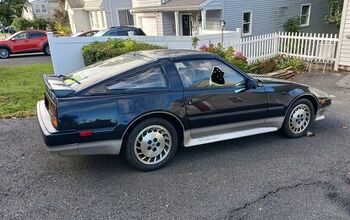
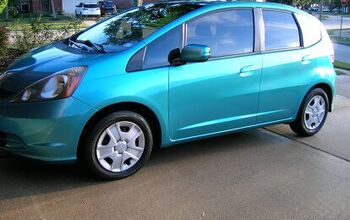

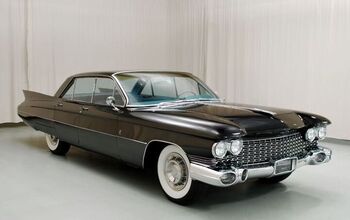

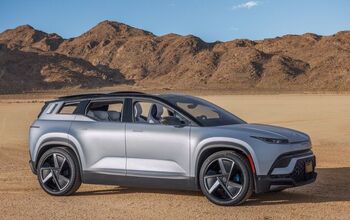



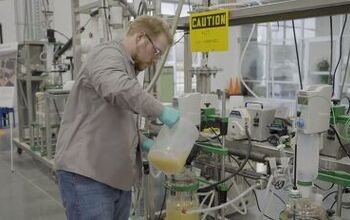
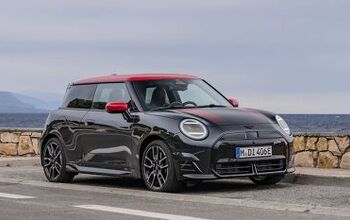
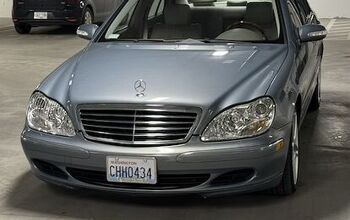
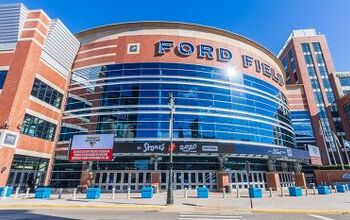


Comments
Join the conversation
I've been saying for a long time now that the US' natural new vehicle demand should roughly equal the annual scrap rate. All things considered, the US is a replacement car market. Yes, the population continues to grow, but the population of driving age individuals is pretty stagnant. The US' population is aging, and our oldest residents either don't drive or drive very little. The US' annual vehicle scrap rate has typically been in the 12-13 million unit per year range. Last year that went up to 14 million units thanks in part to the 750,000 vehicles scrapped under the c4c program. But, even after 2009's US fleet shrinkage, we still have more cars in the US than we do licensed drivers. There remains a massive vehicle overhang from all those years when more vehicles were sold than were scrapped. Don't expect to see a return to 16 million units or more sold per year anytime soon, if ever. All in all, this is a good thing. People buying what they need, when they need and can afford it is a much better way to go that is an easy credit fueled consumption bender.
I think you may be right, Sean.